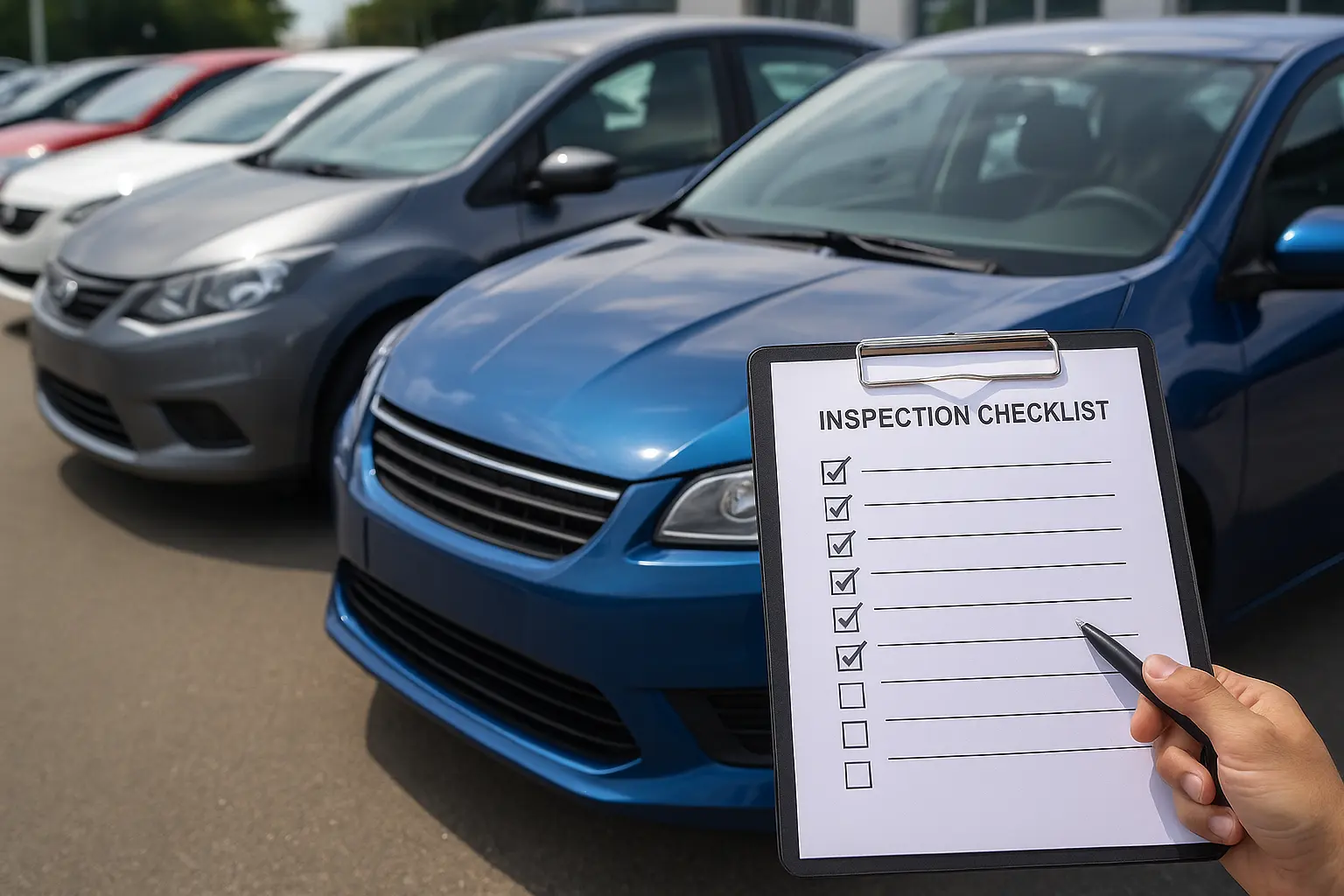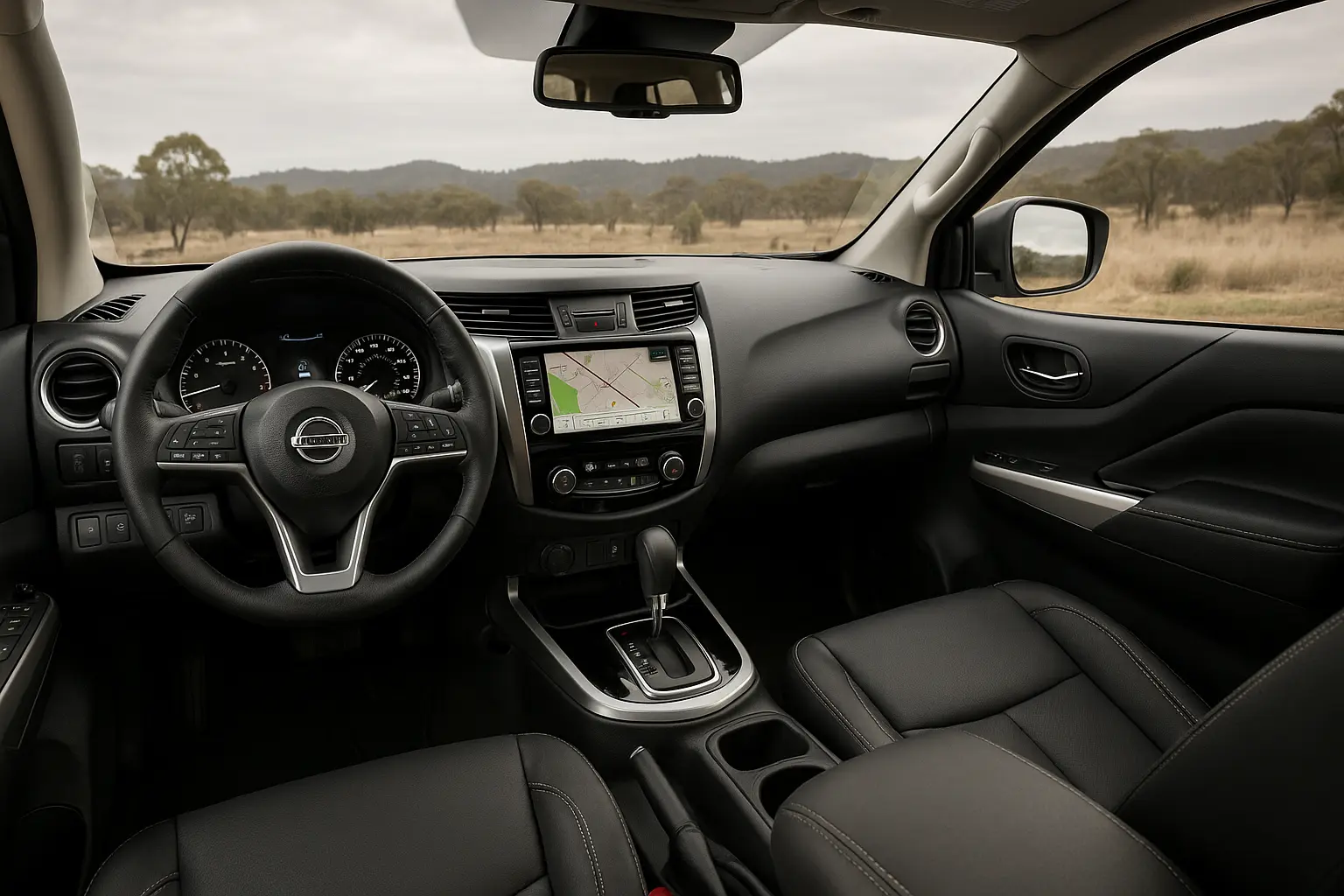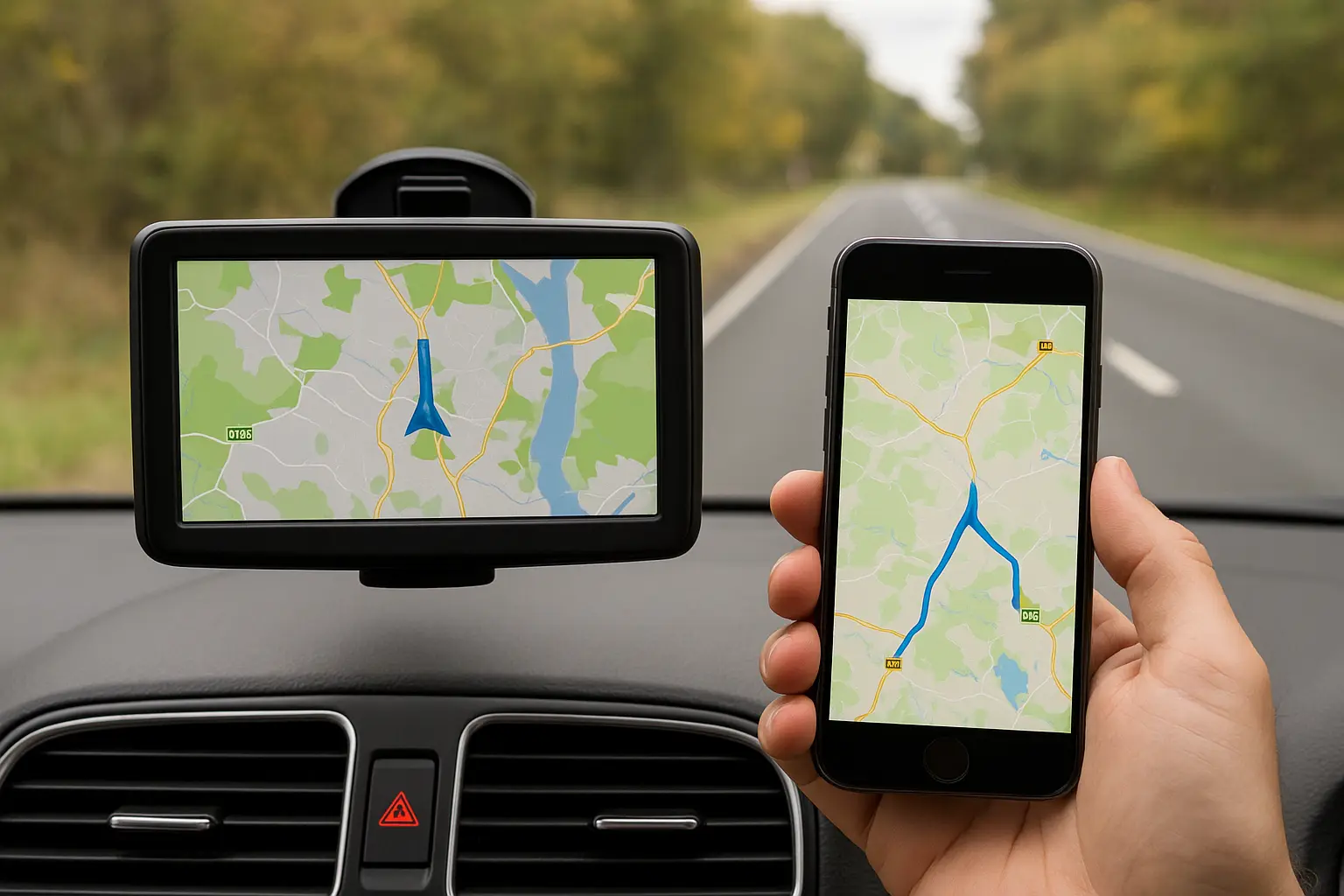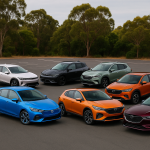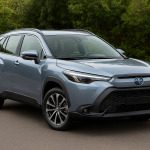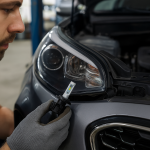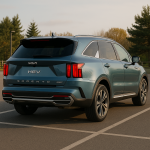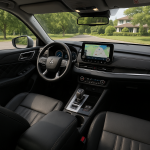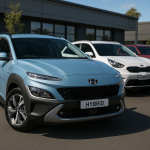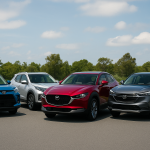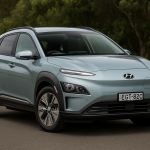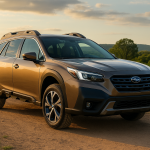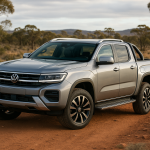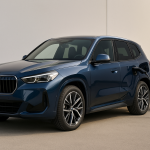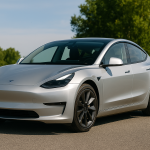Buying a used car in Australia is one of the most common and financially smart choices for drivers. With new vehicle prices climbing, longer wait times for delivery, and the increasing cost of ownership, second-hand cars offer excellent value. But making the right purchase requires more than just spotting a good deal. Buyers need to consider inspections, finance options, warranties, and how to avoid common traps that can cost thousands later.
This comprehensive guide breaks down everything you need to know before signing on the dotted line, so you can drive away in a car that’s safe, reliable, and worth every dollar.
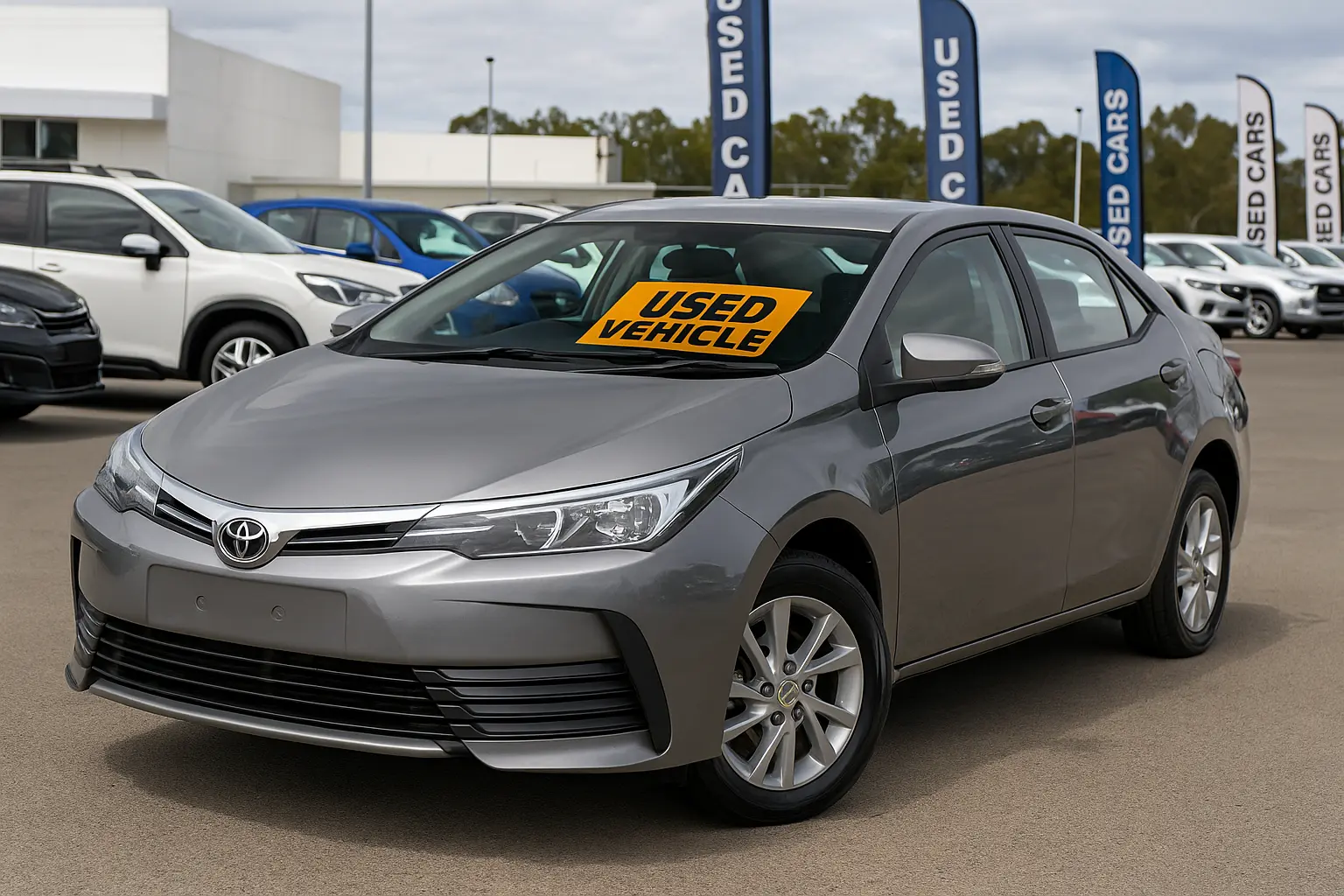
Why Choose a Used Car in Australia?
The Australian car market has seen significant shifts in recent years. New car shortages due to global supply chain issues have driven many buyers toward the second-hand market. But beyond availability, there are several reasons Australians prefer used vehicles:
- Cost Savings: A new car loses up to 20–30% of its value within the first year. Buying used lets you avoid the sharpest depreciation.
- Wider Selection: From budget hatchbacks to premium SUVs, the used market offers variety across price points.
- Lower Insurance Premiums: Second-hand cars generally attract lower insurance costs, saving you money annually.
- Proven Reliability: Many vehicles sold used in Australia come with full service histories, showing they’ve been well maintained.
Setting Your Budget Before Shopping
Before hitting the classifieds or dealership, set a clear budget. This prevents overspending and helps narrow choices quickly. Consider the following:
- Upfront Costs: Purchase price, stamp duty, registration, and insurance.
- Ongoing Costs: Fuel, servicing, tyres, and unexpected repairs.
- Finance Repayments: If you’re taking a loan, calculate monthly affordability, not just total loan size.
A good rule of thumb: your car expenses (finance, fuel, insurance, and maintenance) should not exceed 15% of your monthly income.
Where to Find the Best Used Car Deals in Australia
There are multiple avenues to explore when searching for a second-hand vehicle. Each has pros and cons:
Dealerships
- Offer warranties and consumer protections.
- Higher prices compared to private sellers.
Private Sellers
- Typically lower asking prices.
- Limited protection—buyer beware.
Online Platforms
- Carsales, Gumtree, Facebook Marketplace, and Drive offer wide selection.
- Be cautious of scams; always arrange inspections in person.
Auctions
- Can uncover bargains, especially government or fleet auctions.
- Riskier—cars often sold “as-is” with no warranty.
Vehicle History Checks: Why They’re Crucial
One of the first steps after finding a car you like is conducting a PPSR (Personal Property Securities Register) check. This reveals if the car has:
- Outstanding finance owed.
- Been reported stolen.
- A history of being written off.
Skipping this step can result in buying a car that’s repossessed later or unsafe to drive. A PPSR check only costs a few dollars but offers immense peace of mind.
Inspection Checklist: What to Look For
A thorough inspection can save you from costly repairs down the track. Whether you’re checking the car yourself or hiring a professional, focus on:
Exterior and Bodywork
- Look for mismatched paint, dents, or rust—signs of accidents or poor repairs.
Interior Condition
- Check seats, dashboard, electronics, and air-conditioning. Worn interiors may reflect poor overall care.
Engine and Fluids
- Ensure there are no leaks under the car. Inspect oil and coolant levels for quality.
Tyres and Brakes
- Uneven tyre wear could indicate alignment issues. Listen for squeaks when braking.
Test Drive
- Drive on different road types. Listen for rattles, vibrations, or delayed gear shifts.
The Role of Pre-Purchase Inspections
For buyers unfamiliar with mechanical details, a pre-purchase inspection by a qualified mechanic is invaluable. It typically costs between $150–$300 but could save thousands if major issues are uncovered. Many services will inspect on-site, even at a seller’s home.
Negotiating Like a Pro
Haggling is expected in Australia’s used car market. Use inspection findings to justify a lower price. Research average market value on platforms like RedBook to ensure you’re not paying more than the car is worth.
Key tips:
- Be polite and firm—dealers and private sellers are more receptive this way.
- Be ready to walk away. There are always other cars.
- Negotiate extras—like registration renewal or a fresh service—rather than just the sticker price.
Financing a Used Car: Smart Tips
Car finance can be a tricky area, especially for used vehicles. Here’s what to keep in mind:
Bank Loans
- Typically lower interest rates, but stricter eligibility.
Dealer Finance
- Convenient but often more expensive. Always compare rates.
Personal Loans
- Flexible, but interest rates may be higher depending on your credit score.
Tips to Save:
- Always compare at least three lenders.
- Avoid extending loan terms unnecessarily—it increases total interest paid.
- Factor in insurance, which may be required as part of the loan.
Insurance for Used Cars in Australia
Insuring a used car differs slightly from new. You’ll want coverage that balances cost with protection:
- Comprehensive Insurance: Recommended for higher-value used cars.
- Third-Party Property: Covers damage you cause to other vehicles.
- Third-Party, Fire & Theft: Adds protection if your car is stolen or damaged by fire.
Premiums depend on driver age, car model, location, and claims history. Shop around to avoid overpaying.
Avoiding Common Mistakes When Buying Used
Even seasoned buyers can fall into traps. Avoid these mistakes:
- Rushing into a deal without inspection.
- Failing to run a PPSR check.
- Forgetting to budget for registration transfer fees.
- Ignoring high running costs of certain models (fuel, tyres, servicing).
- Buying without test driving on varied conditions.
Understanding Consumer Rights in Australia
When buying through a dealership, you’re protected under Australian Consumer Law. Cars must be of acceptable quality, match their description, and be roadworthy. If problems arise soon after purchase, you may be entitled to repair, replacement, or refund.
Private sales, however, offer limited protection. That’s why inspections and checks are non-negotiable.
Spotlight: Popular Used Cars in Australia
While every buyer has different needs, some models consistently dominate the second-hand market due to reliability and affordability:
- Toyota Corolla: Renowned for low running costs and longevity.
- Mazda3: Sporty yet practical, with good resale value.
- Toyota Hilux: Ideal for tradies and off-roaders.
- Hyundai i30: Affordable hatchback with a strong warranty record.
- Kia Sportage: Popular SUV, often still under factory warranty when sold used.
Future Trends in the Used Car Market
The Australian used market is evolving. Expect:
- More affordable hybrids and EVs as early adopters trade in.
- Growing popularity of SUVs and dual-cab utes.
- Technology-heavy vehicles—buyers should check for software update history.
Final Thoughts
Buying a used car in Australia is one of the smartest financial decisions you can make, provided you follow the right steps. From budgeting and inspections to finance and insurance, careful planning ensures you end up with a safe, reliable vehicle that meets your needs without breaking the bank.
Take your time, do your homework, and don’t be pressured by flashy deals. The right car at the right price is out there—use this guide to find it.
Leave a comment
Your email address will not be published. Required fields are marked *


